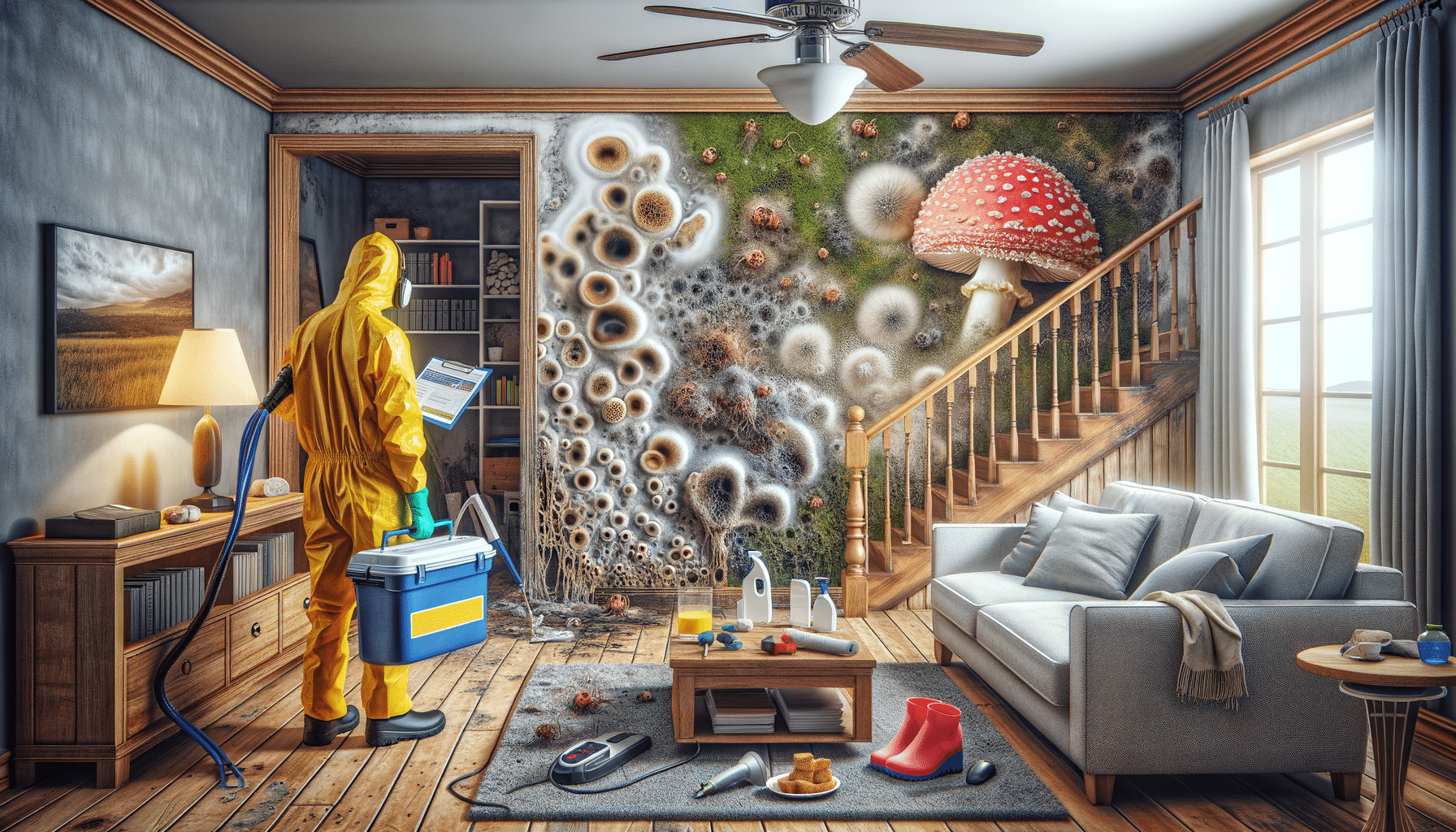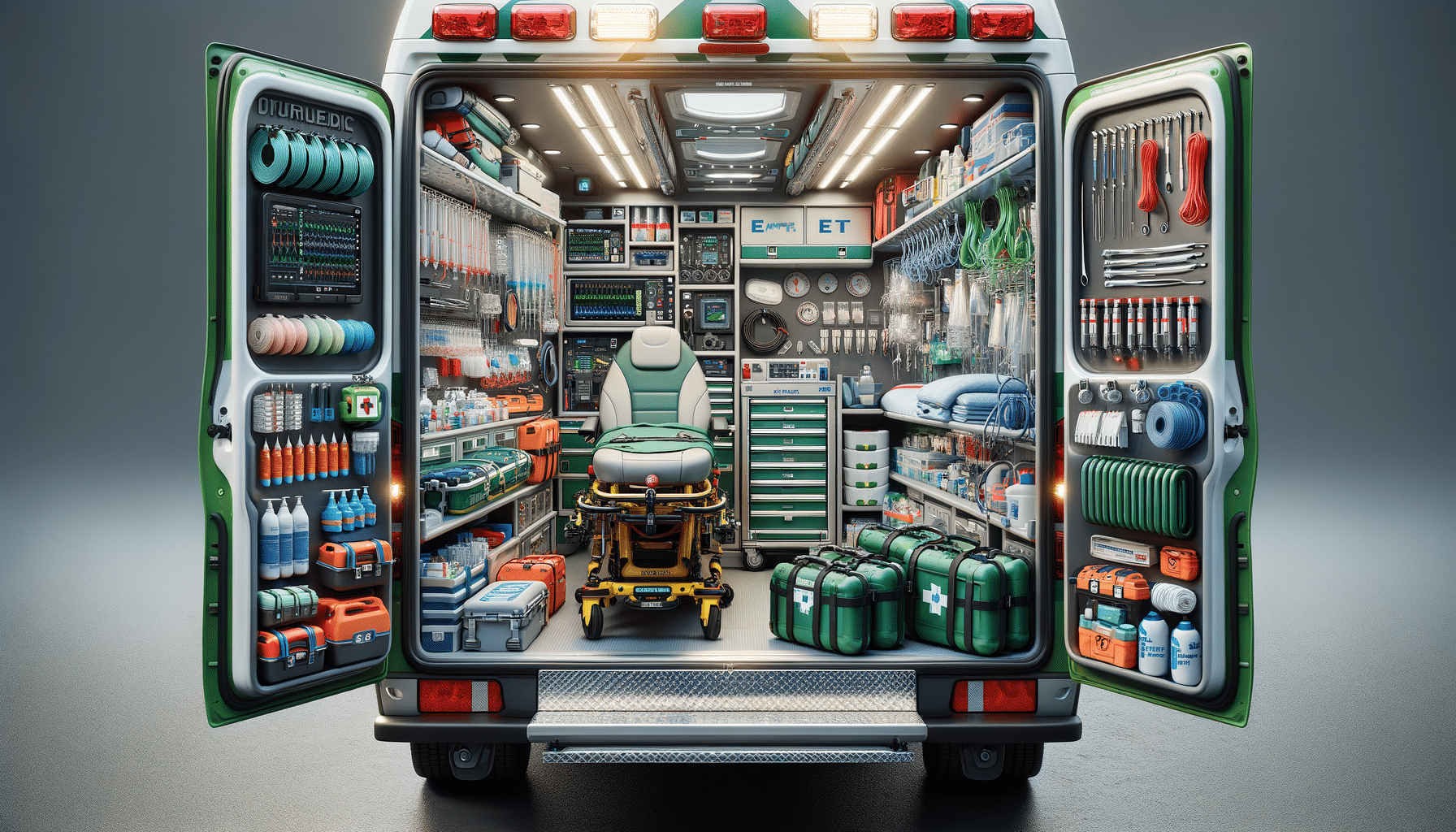
Could Mold Removal Services Save Your USA Home From a Hidden Health Scare?
Understanding the Threat of Mold in Homes
Mold is a silent intruder that can invade homes without immediate detection. Its presence is not only unsightly but also poses significant health risks. Mold spores can trigger allergic reactions, asthma attacks, and other respiratory issues, making it essential to address mold problems promptly. Understanding the conditions that promote mold growth is the first step in preventing it. Mold thrives in damp, humid environments, often found in areas with poor ventilation, such as basements, bathrooms, and kitchens. Recognizing these hotspots can help homeowners take preventive measures.
Moreover, mold can cause structural damage to your property. It feeds on organic materials like wood and drywall, weakening the structural integrity of your home over time. This degradation can lead to costly repairs if not addressed. Thus, early detection and removal are crucial to preserving both the health of the occupants and the home itself.
The Mold Removal Process
The process of mold removal is intricate and requires a comprehensive approach to be effective. It begins with a thorough inspection to identify all affected areas. Professionals use specialized equipment to detect mold in hidden places, ensuring that no spot is overlooked. Once identified, containment is crucial to prevent the spread of mold spores to unaffected areas. This step involves sealing off the contaminated area and using air filtration devices to capture airborne spores.
After containment, the actual removal process begins. This involves cleaning and treating surfaces with antifungal and antimicrobial solutions to eliminate mold colonies. In cases of severe infestation, materials like drywall and insulation may need to be removed and replaced. The final step is to address the underlying moisture issue to prevent future mold growth. This may include improving ventilation, repairing leaks, or installing dehumidifiers.
Benefits of Professional Mold Removal Services
Opting for professional mold removal services offers several advantages. Firstly, experts have the necessary training and equipment to handle mold safely and effectively. They can ensure that all mold, visible and hidden, is thoroughly removed, reducing the risk of recurrence. Professional services also provide peace of mind, knowing that the job is done correctly and in compliance with health and safety regulations.
Additionally, professionals can offer valuable advice on preventing future mold problems. They can identify potential trouble spots and recommend solutions to improve your home’s resilience against mold. This proactive approach not only protects your health but also preserves the value of your property.
DIY Mold Removal: Risks and Considerations
While DIY mold removal might seem like a cost-effective solution, it comes with several risks. Without proper training and equipment, you may inadvertently spread mold spores throughout your home, exacerbating the problem. DIY methods often fail to address the root cause of mold growth, leading to recurring issues. Moreover, handling mold without protective gear can expose you to harmful spores, posing health risks.
It is essential to weigh the potential savings against these risks. In many cases, hiring professionals can be more economical in the long run, as they can ensure a thorough and lasting solution. For small, isolated mold patches, DIY methods may suffice, but for larger infestations, professional intervention is advisable.
Maintaining a Mold-Free Home
Preventing mold growth is an ongoing process that requires vigilance and regular maintenance. Here are some tips to keep your home mold-free:
- Ensure adequate ventilation in high-moisture areas such as bathrooms and kitchens.
- Use dehumidifiers in damp areas to reduce humidity levels.
- Fix leaks promptly to prevent water accumulation.
- Regularly clean and inspect areas prone to mold growth.
- Consider using mold-resistant products in areas susceptible to moisture.
By following these steps, you can reduce the risk of mold growth and maintain a healthy indoor environment. Regular inspections and maintenance are key to catching mold problems early and addressing them before they become severe.


